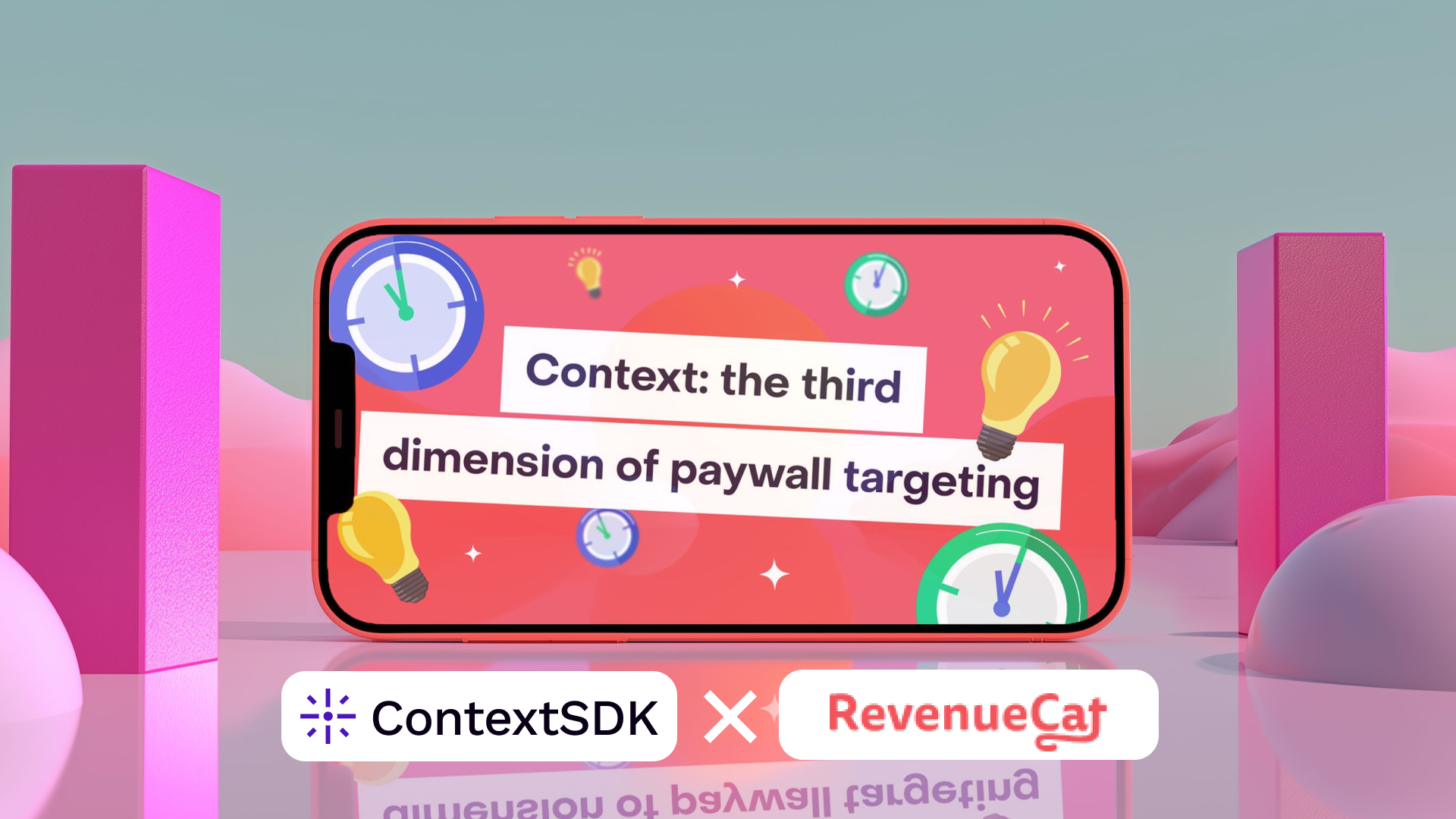The Rise of AI in Consumer Behavior — and Why It Reshapes Ad Placement


Introduction
In the past, ad targeting meant “who” and “when (broad segments).” Now, it’s evolving into “who, when, how, and where* — based on what the user is actually doing and feeling right now. AI is the engine behind this shift, helping apps read micro-behaviors, infer context and place ads not just in slots — but in moments.
The Context Is the Content
We see it everywhere: you scroll differently when you’re relaxed at home than when you’re standing in line. You absorb a branded AR filter when you’re calm and curious, but skip it when you're rushed. The very same creative, shown in different micro-contexts, can perform wildly differently.
Snapchat’s push into AI-powered ad products reflects this change. Their Smart Campaign tools optimize bid and placement dynamically. Their Sponsored AI Lenses let users see themselves in brand stories generated by AI — merging ad with experience. And brands that maintained always-on campaigns saw 48% higher ROAS vs intermittent flights. In short: Snapchat is betting that the real lever isn’t reach — it’s relevance by context.
Academic research backs that up. AI-driven contextual advertising systems can extract semantic features (mood, topic, environment) and optimize ad placement accordingly — without needing intrusive user tracking. In other words: the ad knows where the user is mentally and physically, not just which app screen they’re on.
On-Device AI: Reading the Moment, Protecting Privacy
One of the biggest challenges in behavior-aware ad tech is privacy. Users don’t want their every move sent to the cloud. The answer: on-device AI.
When the device itself senses whether you’re walking, stationary, commuting, or relaxing, it can classify receptivity in real time — all without sending raw sensors off-device. Based on that moment score, the ad system can:
- Elevate or suppress certain formats (video, AR, banners)
- Choose lighter vs heavier offers
- Defer prompts until a more receptive moment
- Log “failed timing” attempts to learn from them
In effect, the phone becomes a smarter gatekeeper. Rather than bombarding the user with ads at every eligible moment, the system serves when it matters.
Why This Changes the Game for Mobile AdTech
The old playbook treated every ad impression like a commodity. But as consumer attention fractures and regulatory pressure mounts, quality of impression — aligned with context — becomes the new frontier. AI + on-device context gives you that.
That’s where ContextSDK steps in. With ContextSDK’s context decision engine, apps can unlock a level of timing precision unseen before. You already own event triggers or monetization placements; ContextSDK adds the when — layering in moment gating, adaptive offers, and real-time logging — all within user privacy boundaries.
In a world where everyone competes for attention, the winner won’t just have the best creative or targeting — it’ll have the right timing. With ContextSDK, context-aware ad delivery becomes not just possible, but scalable. Are you ready to stop showing ads to ears — and start whispering in the right moment?






